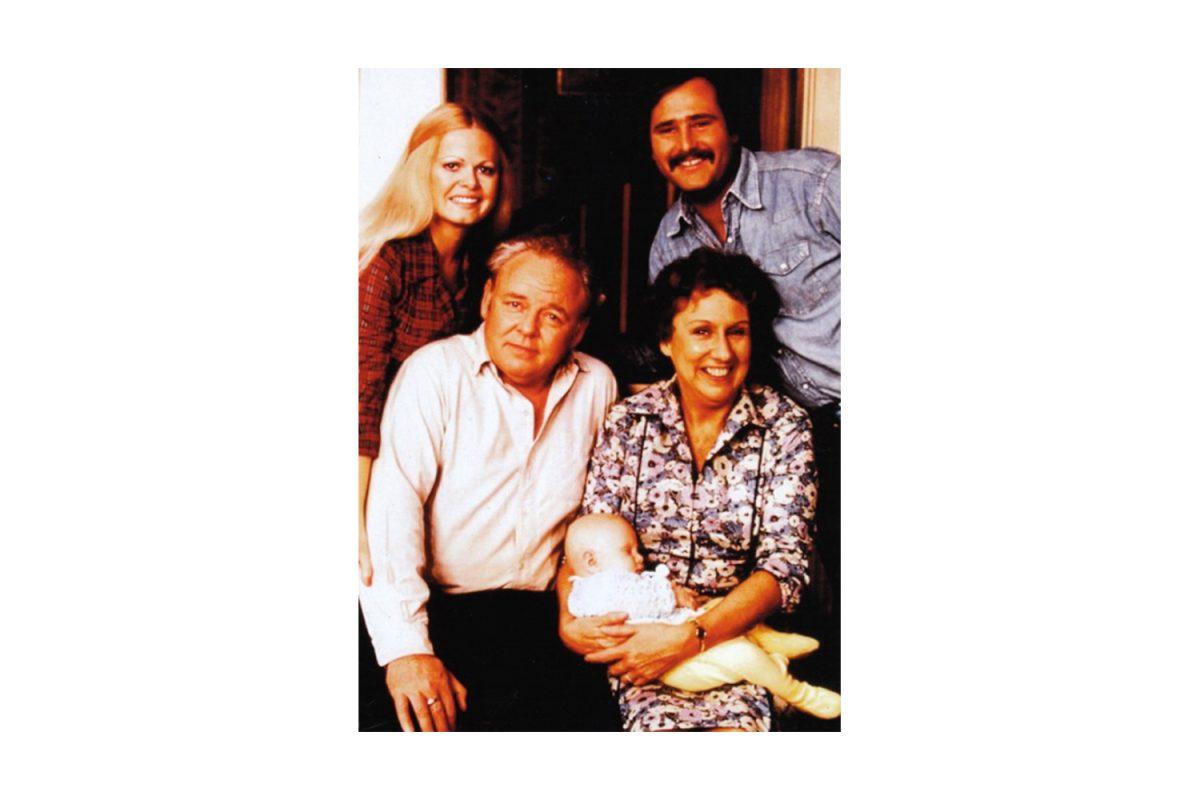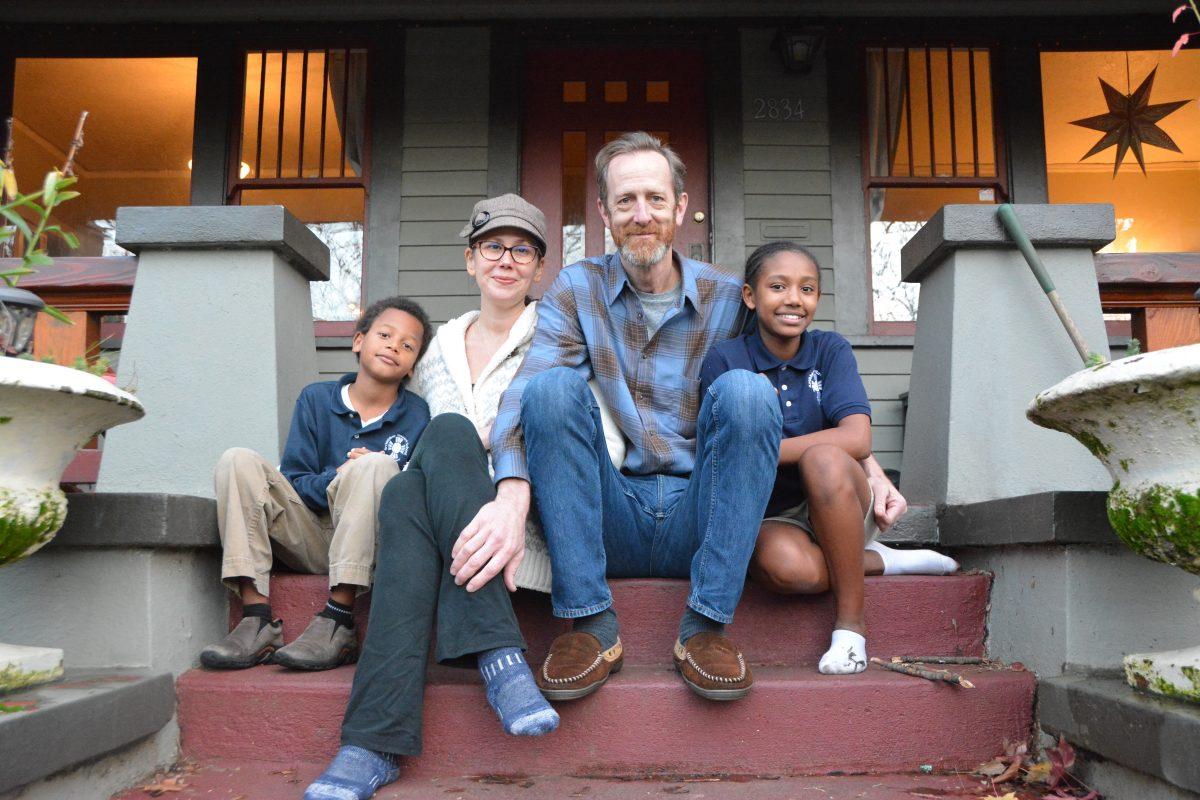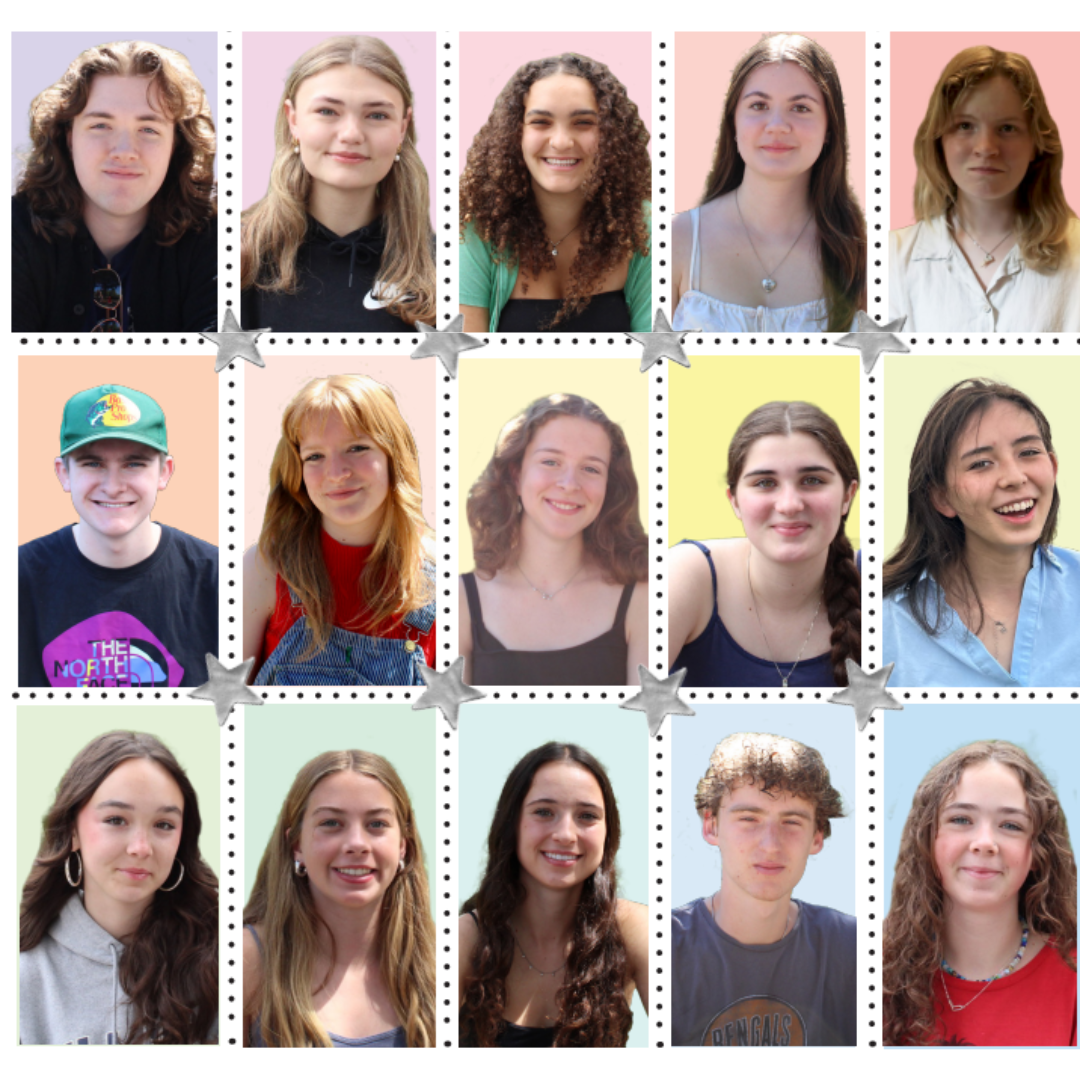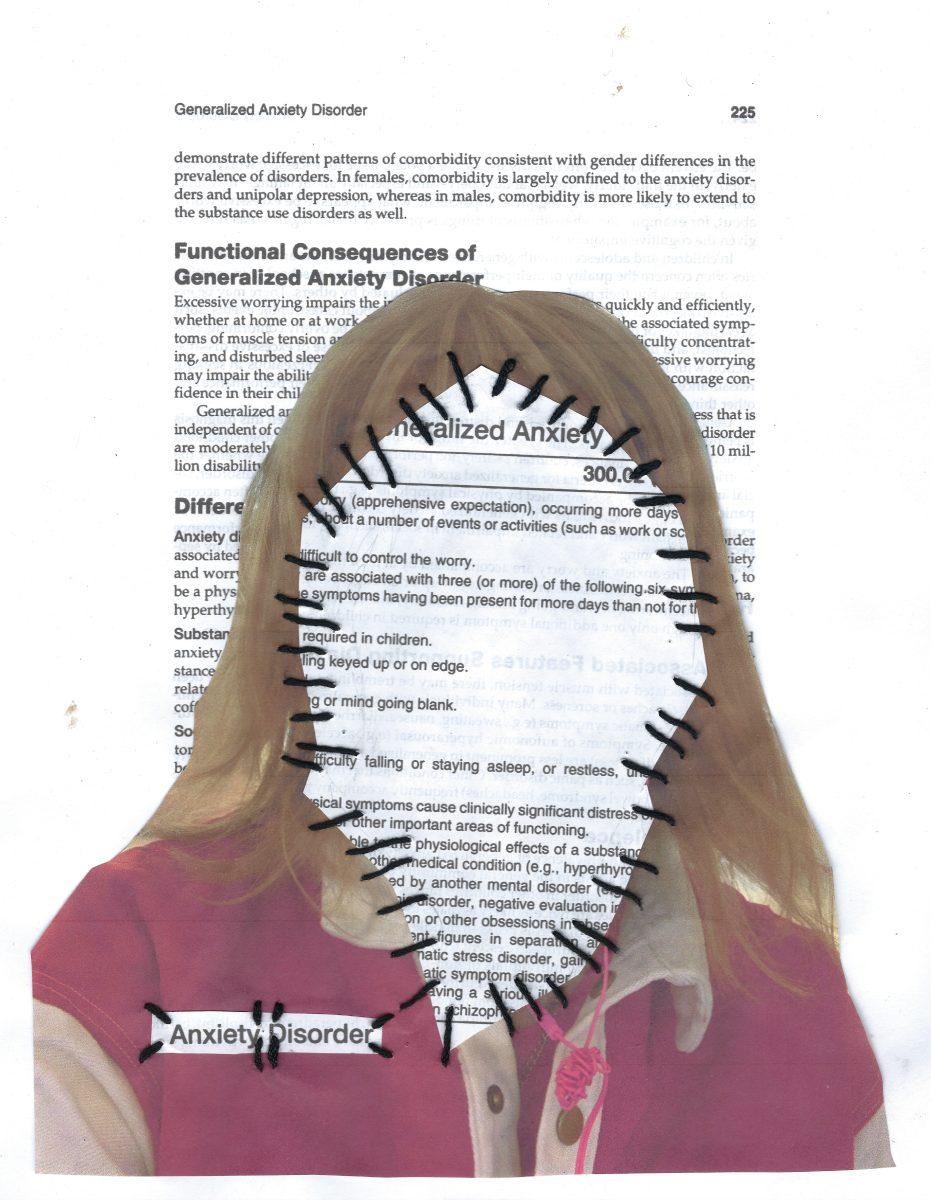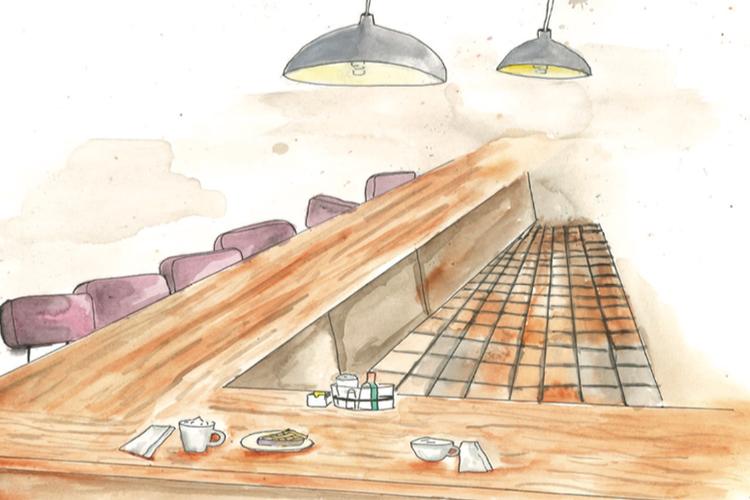 The air is hazy, and the vast lot is littered with debris and construction equipment. Portlanders stare at the gaping hole that used to be home to numerous popular food carts. The lot is set to become a 35-story hotel, drawing thousands more to Portland’s growing population. Across the city, new apartment complexes are built every month, and towers scatter the streets. But with the increase in the construction of these buildings comes an absurd rise in housing prices and gentrification, which only amplifies the city’s lack of diversity.
The air is hazy, and the vast lot is littered with debris and construction equipment. Portlanders stare at the gaping hole that used to be home to numerous popular food carts. The lot is set to become a 35-story hotel, drawing thousands more to Portland’s growing population. Across the city, new apartment complexes are built every month, and towers scatter the streets. But with the increase in the construction of these buildings comes an absurd rise in housing prices and gentrification, which only amplifies the city’s lack of diversity.
As Portland’s population continues to increase, a main concern is urban sprawl—the expansion of urban infrastructure into rural areas that must remain rural for agricultural purposes. To prevent sprawl in Portland, the Urban Growth Boundary (UGB) was drawn to protect farmland neighboring the city.
The UGB is drawn by the Metro Council, the organization in charge of the cross-country boundaries in the Portland Metro Area. Since first being drawn in 1977, the UGB is reviewed and compared to the growth and population of Portland every six years, and adjusted if needed. The constant possibility of future expansion creates uncertainty surrounding one’s housing due to impending variability in property prices.
In Portland, the booming population and UGB expansion is matched by skyrocketing housing prices, which leads to extensive gentrification in many neighborhoods. According to a study by the National Community Reinvestment Coalition, Portland ranks seventh in American cities with the highest gentrification intensity.
While developers address density by replacing longstanding houses with apartment complexes, the city’s residents are unrightfully losing their homes at a rapid pace. Portland’s gentrification has stripped neighborhoods of diversity and shifted the demographic to one of a growing White majority. Before it is too late, Portland needs to commit to reducing this gentrification and encourage diversity throughout the city.
Developers consistently seek neighborhoods with many marginalized, low-income residents from whom to purchase homes, replacing the space with absurdly expensive apartment complexes that cater to the upper class. This displacement is particularly prevalent in the historically Black neighborhood of Alberta, now home to an increasingly White population.
According to a Portland Commercial Corridors Study, the Alberta District is 47 percent White, and “housing prices have appreciated 254 percent and are slightly higher than the city average.”
While such gentrification is harmful to any city, there is a heightened level of concern for Portland, considering the city already maintains a significant lack of diversity. Grant’s student body has a Black population of only nine percent. The school’s demographics match much of the surrounding neighborhood, which had a population that was nearly 95 percent White when the Grant Park Neighborhood Association’s census was last completed in 2010.
For those that cannot afford to live in Portland, neighboring cities such as Sandy, Canby and Vancouver, Wash. are the only other options. The low prices of property in cities adjacent to Portland are much more affordable for those that have been displaced—who are often people of color. This situation leads to a decrease of diversity in Portland, as marginalized groups are consistently forced to relocate in search of lower-priced homes.
In order to control the problems with the UGB, there has been a push to reduce displacement and cap the rising housing rates through priority housing projects. In the Cully neighborhood, 59 units of affordable housing have been constructed with the help of several Native American associations in Oregon. Between Cook and Ivy Streets on Martin Luther King Jr. Blvd, the construction of 80 affordable units for Black residents formerly pushed out of the neighborhood is underway. Subsidized affordable housing offers a chance for residents that have experienced gentrification to rightfully remain in their city.
It is time for the rest of the city of Portland to follow this lead and confront the severe impacts of gentrification. As housing prices increase, the city will face a progression of the gentrification that has already swept through neighborhoods, displacing countless residents and making our city even Whiter.
City policies regarding price caps of newly constructed apartment complexes must be implemented in order to control the steady rise of displacement and the construction of expensive housing. If the current gentrification continues, it will be impossible for Portland to return from its staggering decline in diversity.











